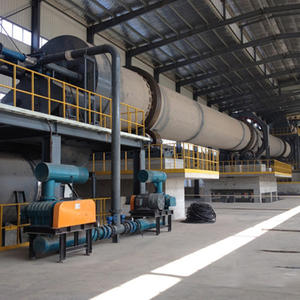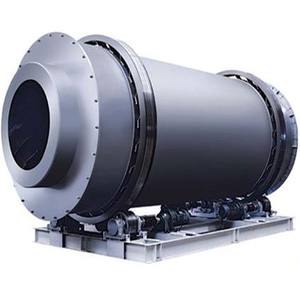Within the professional mechanical engineering domain, classifying equipment accurately is crucial for safety protocols, regulatory compliance, and operational planning. The question of whether a standard table saw qualifies as “heavy machinery” warrants a clear, technically grounded analysis based on established industry definitions and characteristics.
(would a table saw classify as heavy machinery)
Fundamentally, “heavy machinery” refers to large-scale, complex, and typically mobile equipment employed in demanding industrial, construction, mining, or agricultural operations. These machines possess defining attributes: significant mass (often measured in tons), substantial power requirements frequently utilizing internal combustion engines or large electric motors, complex hydraulic or pneumatic systems, integrated operator cabins or stations, and the capability to move earth, lift massive loads, or perform large-scale material processing. Examples include excavators, bulldozers, cranes, large tractors, and haul trucks. Their operation demands specialized training and licensing due to the inherent high-energy hazards and potential for catastrophic consequences in case of failure or misuse.
Conversely, a standard stationary table saw, ubiquitous in woodshops from small professional cabinet shops to large furniture manufacturing plants, possesses markedly different characteristics. While robustly constructed, its mass typically ranges from 200 to 600 pounds for industrial cabinet saws, far below the tonnage threshold of true heavy machinery. Power is supplied by a single electric motor, generally between 1.5 HP (for contractor models) up to 5 HP or more for premium industrial units. While powerful for its purpose, this pales in comparison to the hundreds of horsepower common in heavy equipment. Table saws lack complex hydraulic systems, integrated operator cabins, or self-propulsion capability. They are designed for precision cutting of wood and wood-composite materials, not bulk earth moving or lifting.
Operational context further distinguishes them. Table saws are classified as stationary woodworking machinery under standards like ANSI O1.1. They are operated from a standing position beside the machine, not from an enclosed cab. While specialized training is absolutely essential for safe operation due to the severe injury risks (particularly from blade contact), the required certification level differs significantly from that mandated for operating a crane or bulldozer. Regulatory bodies like OSHA categorize table saws under woodworking machinery standards (29 CFR 1910.213), not under regulations governing heavy construction equipment.
The significant hazard profile of table saws, resulting in thousands of serious injuries annually primarily from blade contact and kickback, stems not from massive scale or energy like heavy machinery, but from the inherent danger of a high-speed rotating cutting blade exposed during operation and the forces involved in feeding material. Safety systems like blade guards, riving knives, anti-kickback pawls, and advanced flesh-detection technology are critical risk mitigation strategies specific to this tool type.
(would a table saw classify as heavy machinery)
Therefore, based on mechanical engineering principles and industry classification standards, a table saw does not meet the criteria for “heavy machinery.” It is accurately classified as industrial woodworking machinery or stationary power equipment. It is characterized by moderate mass and power relative to heavy machinery, the absence of complex auxiliary systems like hydraulics, lack of mobility or an integrated operator cabin, and operation within a workshop environment focused on precision material removal rather than large-scale earthmoving or lifting. Acknowledging this distinction is vital. While not heavy machinery, the severe hazards associated with table saw operation demand rigorous engineering controls, comprehensive safety training, strict adherence to procedures, and appropriate personal protective equipment, reflecting a level of safety diligence commensurate with its significant risks, even if its scale differs fundamentally from true heavy equipment. The classification informs the appropriate safety management framework without diminishing the critical importance of safe operational practices.


